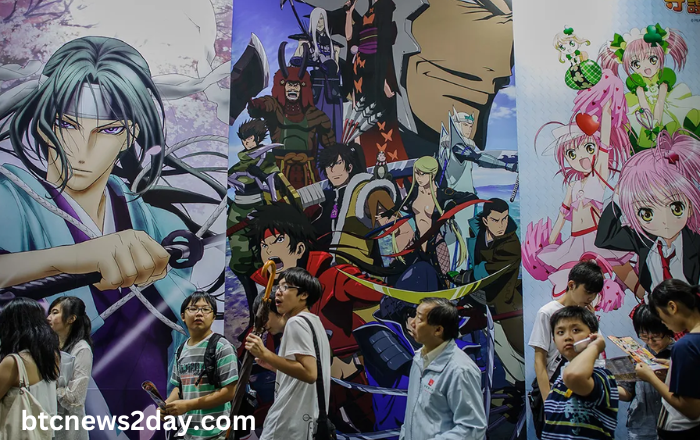Hentai, a genre of Japanese anime and manga characterized by explicit sexual content, has evolved significantly over the decades. Its development mirrors changes in Japanese society, technology, and global cultural exchange, making it a fascinating subject for analysis. This article delves into the history, evolution, and cultural impact of hentai within and beyond Japan. Explore a wide range of high-quality hentai content on Hentai3z. Enjoy the best selection of adult anime and manga in one convenient location.
The Origins and Evolution of Hentai
The term “hentai” originally means “perversion” or “abnormality” in Japanese, but outside Japan, it specifically refers to sexually explicit anime and manga. The roots of hentai can be traced back to traditional Japanese erotic art forms, such as shunga, which flourished during the Edo period (1603-1868). These woodblock prints often depicted explicit scenes and were widely circulated among the populace.
In the 20th century, with the advent of modern manga and anime, erotic content began to surface in these mediums. The 1960s and 70s saw the emergence of gekiga (dramatic pictures), a style of manga that targeted adult audiences with more mature themes, including sexuality. This period also saw the publication of “Ero Guro” (erotic grotesque) works, which blended eroticism with horror and the bizarre.
The term “hentai” in its contemporary sense began to gain traction in the 1980s and 90s. This era marked a significant boom in the production of adult manga and anime, coinciding with advancements in printing and distribution technologies. Titles like “Urotsukidōji: Legend of the Overfiend” (1987) became infamous for their explicit content, pushing the boundaries of what was considered acceptable in mainstream media.
Technological Advancements and Global Reach
The rise of the internet in the late 1990s and early 2000s revolutionized the distribution and accessibility of hentai. Digital platforms allowed for instantaneous global sharing, and fan communities began to form around this content. The anonymity of the internet also facilitated the consumption of hentai, breaking down cultural and geographical barriers.
Technological advancements in animation and graphics further enhanced the quality and variety of hentai. From simple hand-drawn images, the genre has evolved to include sophisticated animations and interactive content, including virtual reality experiences. These innovations have expanded the audience and market for hentai, making it a significant niche within the broader anime and manga industry.
Cultural Impact and Controversies
Hentai occupies a complex position within Japanese society. On one hand, it is a lucrative industry that contributes significantly to the economy. On the other, it is often viewed with stigma and is subject to strict regulations. The Japanese government enforces stringent obscenity laws, requiring the censorship of explicit content. This has led to the practice of blurring or pixelating genitalia in hentai works.
Culturally, hentai reflects and influences societal attitudes towards sexuality. It often explores taboo subjects and fantasies, providing a space for the expression of desires that may be considered unacceptable in mainstream discourse. However, it has also been criticized for perpetuating harmful stereotypes and normalizing problematic behaviors, such as sexual violence and exploitation.
Globally, hentai has had a profound impact on how Japanese culture is perceived. It has contributed to the “Cool Japan” phenomenon, where various aspects of Japanese pop culture, including anime, manga, and video games, have garnered international popularity. However, this visibility has also led to misunderstandings and oversimplifications about Japanese society and its values.
The Future of Hentai
The future of hentai will likely be shaped by ongoing technological advancements and evolving cultural norms. As virtual reality and artificial intelligence continue to develop, the ways in which hentai is created and consumed will transform. Additionally, increasing global awareness and dialogue around issues of consent and representation may influence the content and themes explored in hentai works.
In conclusion, hentai is a multifaceted genre that offers insights into the complexities of Japanese media, culture, and societal attitudes towards sexuality. Its evolution from traditional erotic art to a globally recognized genre underscores the dynamic interplay between technology, culture, and commerce. As hentai continues to evolve, it will remain a significant, albeit controversial, aspect of both Japanese and global media landscapes.
